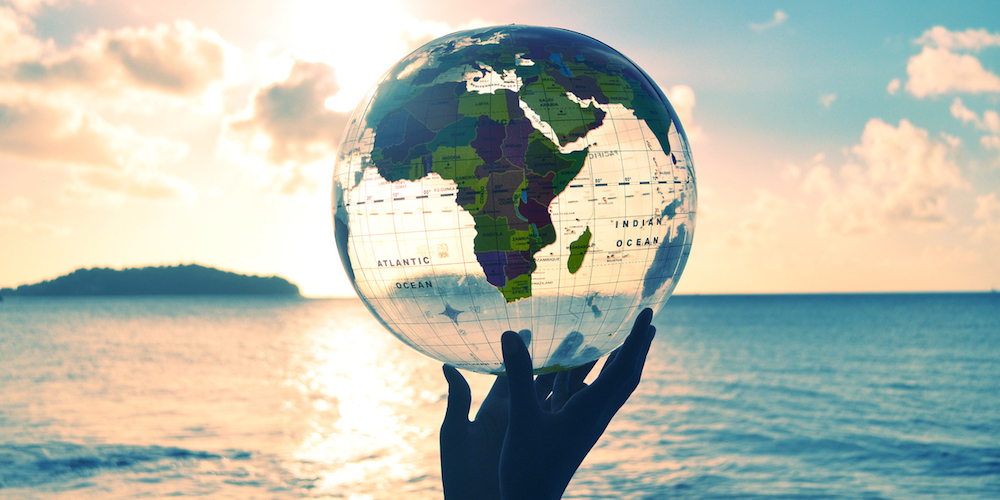Treaty negotiations to conserve and protect nearly two-thirds of the ocean open today at the United Nations (UN) in what is widely regarded as the greatest opportunity in a generation to turn the tide on ocean degradation and biodiversity loss.
Following over a decade of discussions at the UN, the two-week Intergovernmental Conference (IGC) is the first of a series of four negotiating sessions through 2020 for a new legally-binding treaty to protect marine biodiversity in areas beyond national jurisdiction, commonly known as the high seas. The ocean beyond 200 nautical miles (370 kilometers) from a country’s shorelines is considered international waters – “the high seas” – and is globally shared. There is no overarching law in place to safeguard its biodiversity or its vital role in provisioning services – such as generating oxygen and regulating the climate.
“The high seas cover half our planet and are vital to the functioning of the whole ocean and all life on Earth. The current high seas governance system is weak, fragmented and unfit to address the threats we now face in the 21st century from climate change, illegal and overfishing, plastics pollution and habitat loss. This is an historic opportunity to protect the biodiversity and functions of the high seas through legally binding commitments” said Peggy Kalas, Coordinator of the High Seas Alliance, a partnership of 40+ non-governmental organisations and the International Union for the Conservation of Nature (IUCN).
The ocean’s key role in mitigating climate change, which includes absorbing 90% of the extra heat and 26% of the excess carbon dioxide created by human sources, has had a devastating effect on the ocean itself. Managing the multitude of other anthropogenic stressors exerted on it will increase its resilience to climate change and ocean acidification and protect unique marine ecosystems, many of which are still unexplored and undiscovered. Because these are international waters, the conservation measures needed can only be put into place via a global treaty.
Professor Alex Rogers of Oxford University who has provided evidence to inform the UN process towards a treaty said: “The half of our planet which is high seas is protecting terrestrial life from the worst impacts of climate change. Yet we do too little to safeguard that or to protect the life within the ocean which is intrinsic to our collective survival. Protecting the biodiversity of the high seas by bringing good governance and law to the whole ocean is the single most important thing we can do to turn the tide for the blue heart of our planet.”
Through the UN, states will discuss how to protect and conserve the high seas by establishing; Marine Protected Areas, Environmental Impact Assessments and reports on the benefit sharing and technological transfer.
“The rapacious exploitation of our oceans, from overfishing to deep sea mining and oil extraction, is having a devastating effect on marine life and urgently needs a counter-weight. A global ocean treaty has the capacity to do just that, and deliver real protection for oceans beyond national borders. Crucially, it must have the power to create a global network of ocean sanctuaries, free from human destruction.
“Make no mistake, this is a pivotal moment in history. But protecting at least 30% of our oceans by 2030 will only happen with political determination, a shared international vision, and a sober reflection on the critical state of our oceans,” says Sofia Tsenikli, Greenpeace International.
Lora L. Nordtvedt Reeve of OceanCare adds, “A new treaty to protect the biodiversity of the high seas represents an important opportunity to prevent, reduce and control noise and other forms of pollution that cause significant adverse effects to the species and ecosystems of the high seas and deep seabed.”







